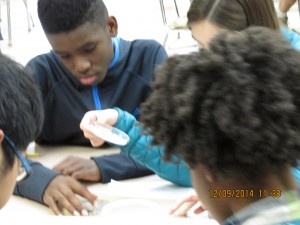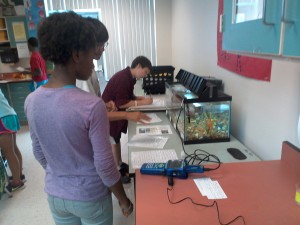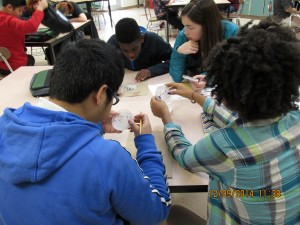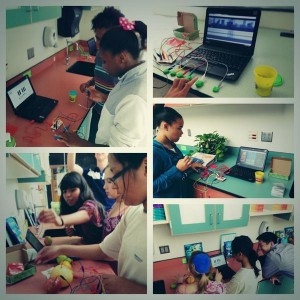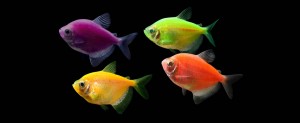I didn’t know what the Kenan Fellows Program would be like. I heard wonderful things about the program helping teacher grow professionally and building strong collaborations with researchers. I experienced great summer institutes. The more I got to know the other Kenan Fellows, the more I admired each of them. Many fellows have become an incredible resource for me as I plan lessons and share instructional strategies.
The externship was challenging. I have a better appreciation of the research being done on pest control. I learned so much about biotechnology and pest control by working in an entomology genetics lab and at the GES center. Dr. Gould is an incredible scientist, who is respected by his entire community. Dr. Kuzma’s work is also challenging as her group tries to understand people’s sentiment about new biotechnology and their opinions about the safe use of these new technologies.
As an educator, the Kenan Fellows program impacted me in many ways. The fellowship experience has allowed me to build strong collaborations with scientists and teachers. Through these collaborations, I built background knowledge in biotechnology by working in a research labs and with Genetic Engineering and Society institute. I now have contact with experts as we cover topics in biotechnology. The Kenan experience has made me realize the joy of exploring and learning. The Kenan externship has helped me develop a keen interest biotechnology. I even started to research the topic with my media specialist at school. My students have been much more excited about biotechnology than in previous years. In fact, many students have enriched our class discussions by mention biotechnology articles they have read about the topics that we covering in class. I think, yes! I hooked you. I have relished providing more opportunities for my students to explore topics of biotechnology.
